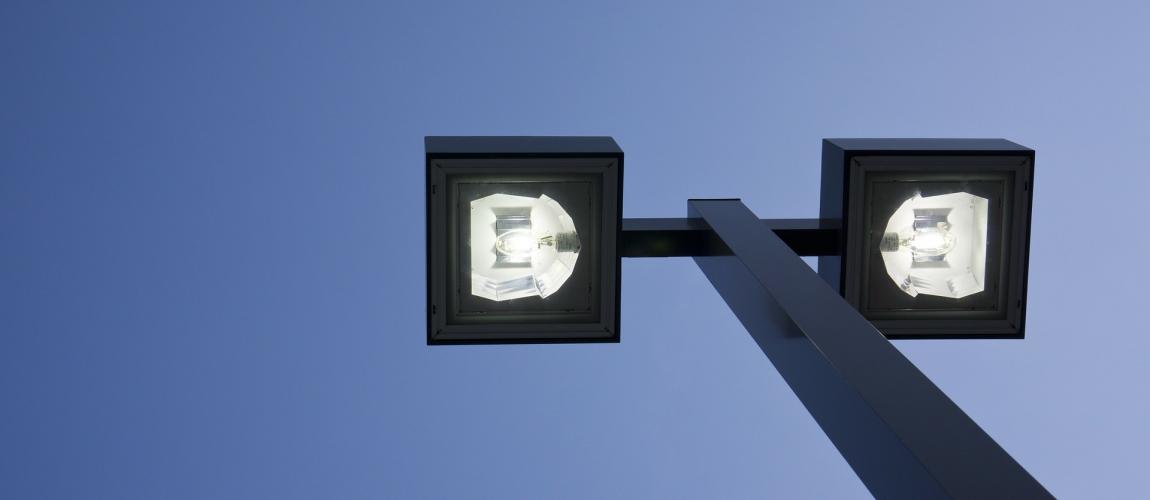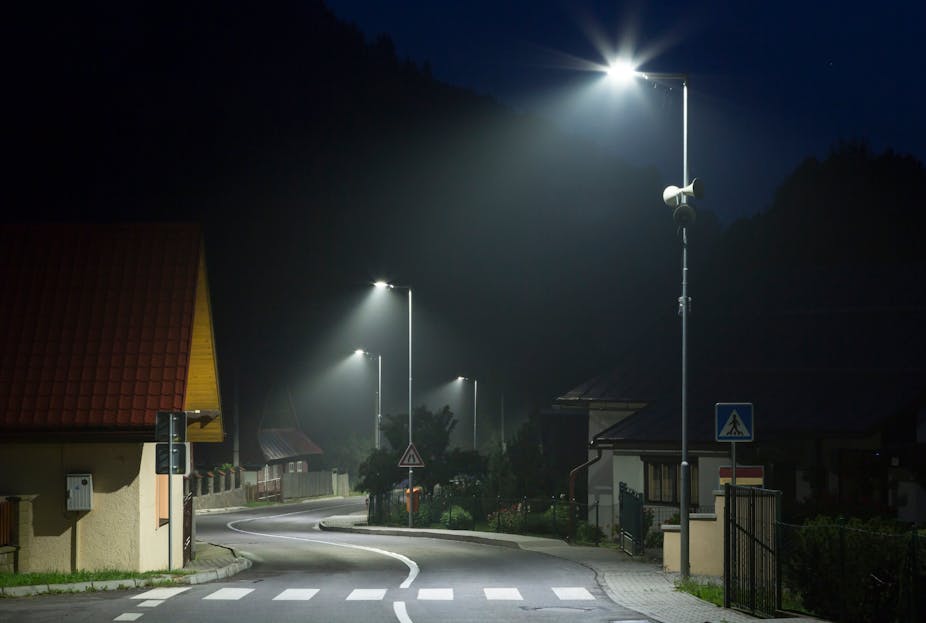As cities around the world become more modernized, sustainable lighting solutions have become increasingly important. LED street lights are one of the most promising and environmentally friendly options available for creating a better-illuminated future.
This article will explore the environmental benefits of LED street lighting, as well as how it can help reduce energy costs while providing a brighter and safer nighttime environment. It is clear that by adopting these technologies, cities can make tremendous strides toward becoming more sustainable in their operations.
Understanding the Environmental Impact of Traditional Street Lights and the Advantages of LEDs
The environmental impact of traditional street lighting is significant. Made from outdated technologies such as sodium vapor and halogen, these lights consume large amounts of energy and produce a great deal of heat.
This high level of energy consumption leads to higher costs for electricity bills, increases in greenhouse gas emissions, and the production of air pollution caused by burning fossil fuels. The advantages offered by LED (Light Emitting Diode) technology are vast when compared to traditional methods. LEDs use significantly less power than alternatives like metal halide or fluorescent lamps, while still producing a similar amount of light output.
In addition to this reduced power consumption comes improved efficiency – LED lights require no warm-up time before reaching their full brightness levels; they also feature longer lifespans which means decreased maintenance costs over the long term. Furthermore, because LEDs don’t contain mercury as many other types do, their disposal has less negative environmental impacts overall.
In conclusion, understanding the environmental impacts associated with traditional street lighting can help inform decisions on sustainable lighting solutions that will be good for both our environment and our wallets – exploring the environmental benefits provided by LED street lights should be a top priority to reduce energy waste and promote sustainability into the future.
Assessing Energy Efficiency in LED Street Lights and Its Effect on Resource Conservation

When it comes to energy efficiency and resource conservation, LED streetlights are leading the way. These innovative lighting solutions offer significant advantages over traditional incandescent or halogen bulbs including reduced power consumption, higher luminous efficacy, and longer lifespans.
By replacing older lighting systems with LED street lights, cities can reduce their overall electricity costs while improving visibility on roads for drivers and pedestrians alike. Assessing the effectiveness of an LED street light system requires weighing several factors such as wattage used per unit area illuminated, total lumens produced per watt consumed (lumens/watt), and life expectancy of each bulb in years.
Additionally, by evaluating current electrical usage rates alongside projected future energy savings from using LED lights versus other types of illumination options allows cities to accurately measure the impact of switching to a more sustainable option. The environmental benefits associated with using LEDs include decreased carbon emissions due to lower electricity use as well as fewer hazardous materials in landfills because LEDs last much longer than conventional lighting sources such as incandescent or halogen bulbs.
While initial installation cost may be higher when upgrading existing infrastructure with new LED technology, long-term savings make up for that cost within a few years resulting in a net positive impact on the city’s finances along with improved environmental conditions for all citizens involved.
Examining Cost Savings through Long-Term Investment in LED Lighting Systems

The cost savings associated with a long-term investment in LED lighting systems are undeniable. According to research, the energy consumption of these lights is up to 70 percent lower than traditional lighting systems and they can last up to ten times longer, meaning significant financial benefits for those who switch over. Furthermore, LED lights emit very little heat compared to other forms of lighting, reducing the risk of fire hazards or overheating.
With minimal maintenance requirements and no need for frequent bulb replacements, businesses can enjoy significant reductions in operational costs as well. In addition to providing substantial cost savings when implemented correctly, LED street lights offer many environmental benefits as well.
By helping reduce air pollution from traditional light sources such as halogen lamps or high-pressure sodium bulbs, cities that invest in LED lights will be able to create healthier outdoor environments while also cutting down on their carbon emissions significantly. As a result of all these advantages combined, investing in sustainable lighting solutions such as LED streetlights offers numerous economic and environmental benefits that cannot be ignored.
Analyzing Light Pollution Reduction from LEDs Compared to Other Sources

The use of LEDs in street lighting has been increasing due to their energy efficiency, longer lifespan, and lower maintenance costs. This article explores the potential environmental benefits of LED lights compared to other sources such as fluorescent and sodium-vapor lamps.
A thorough analysis is conducted on light pollution reduction from LEDs compared to other sources. The impact of different color temperatures on nighttime visibility levels is also examined, along with the effect these differences have on public health and safety.
Finally, a review is done to assess the current state of LED technology in sustainable lighting solutions for cities around the world. By understanding how LEDs perform in comparison to other sources, we can gain insight into their effectiveness at reducing light pollution while also providing safe illumination for communities everywhere.
Conclusion

LED Street Lights are becoming increasingly popular as an eco-friendly and sustainable source of lighting. By providing energy efficiency, lower maintenance costs, and improved quality of light for public spaces, LED Street Lights offer numerous environmental benefits that can help reduce emissions and promote sustainability.
With the potential to cut electricity bills by up to 75%, LED street lights are a cost-effective way to achieve environmental goals while still improving public safety. As cities around the world continue to strive for more sustainable solutions, it is clear that LED Street Lights provide a powerful option for achieving those objectives.




